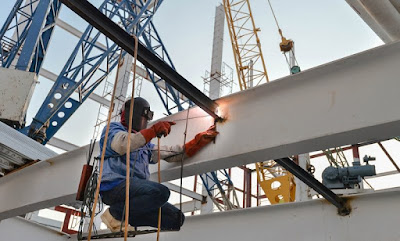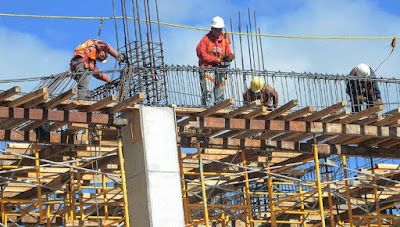In the process of pipe fabrication, the fabricator uses various specialized tools to achieve excellent outcomes. With the proper dies for each pipe size, one can bend round pipe, pipe and block piping. Trying to bend by hand can be very challenging and will usually result in poor bends, curve pipe and is difficult to duplicate. This makes professional pipe fabrication tools essential.
Different types of tools are used throughout Piping Fabrication activities.
Here is a list of most of such tools utilized in the fabrication industry.
Understanding the various benefits and limitations of the tools will allow you to use them in a way that ensures maximum effectiveness. A fabricator needs to understand the tools to leverage the correct one for the ideal performance. Therefore, this information should help fabricator in utilizing and purchasing the right tools for pipe fabrication activities.
Different types of tools are used throughout Piping Fabrication activities.
Here is a list of most of such tools utilized in the fabrication industry.
Pipe Bending
Pipe bending is a vital part of the pipe fabrication process. Manual and automated pipe benders are available. Based on the expected results and budget, you can choose the type of product for use.Pipe Cutting
Using a pipe cutting, machine one can cut any shape on a pipe very properly. Pipe cutting machines enable you to understand difficult contacts on a large range of pipe sizes.Pipe Notcher
These tools are utilized to offer clean cuts when notching pipes to join them to each other. The exactness and fit up the notchers offer to ensure an expert look.Pipe Rolling
Similar to pipe bending rolling is a manufacturing process that makes bend and curve designed metal pipes.Pipe Vises
Vises are utilized to hold the pipe in position when they are getting fabricated.Welding Machine
The welding machine is utilized to weld two piping parts jointly utilizing high ampere electricity and welding sticks.Chain Block
Chain block may lift load 30 times of pulling force place on lifting chain with aid of internal gears.Grinder
Grinders are utilized to remove rust from pipes and fittings ends before welding so that no flaws happen in welds.Pipe Clamp
Pipe clamps are utilized to hold pipes properly for several purposes such as cutting, threading or welding.Understanding the various benefits and limitations of the tools will allow you to use them in a way that ensures maximum effectiveness. A fabricator needs to understand the tools to leverage the correct one for the ideal performance. Therefore, this information should help fabricator in utilizing and purchasing the right tools for pipe fabrication activities.











